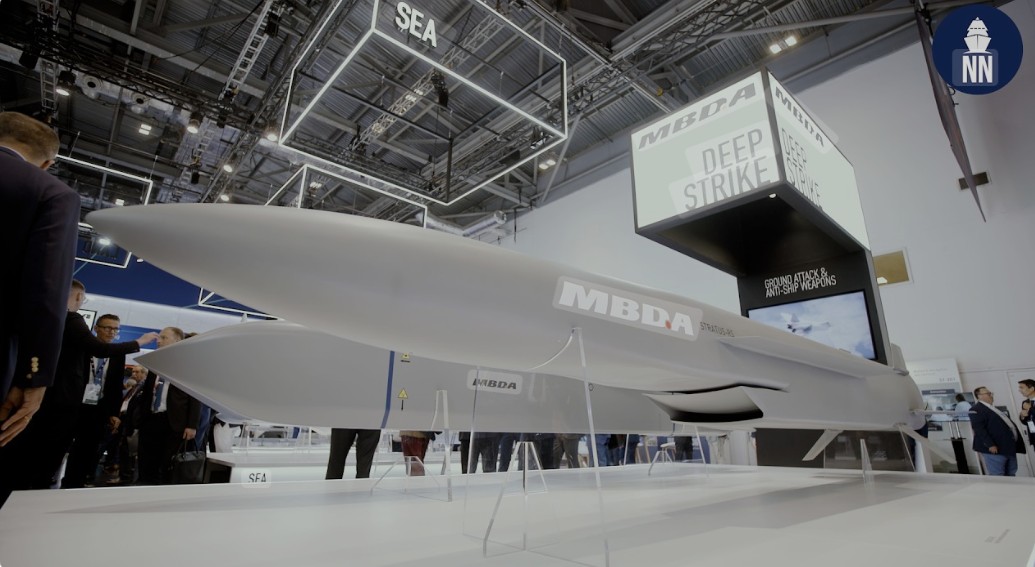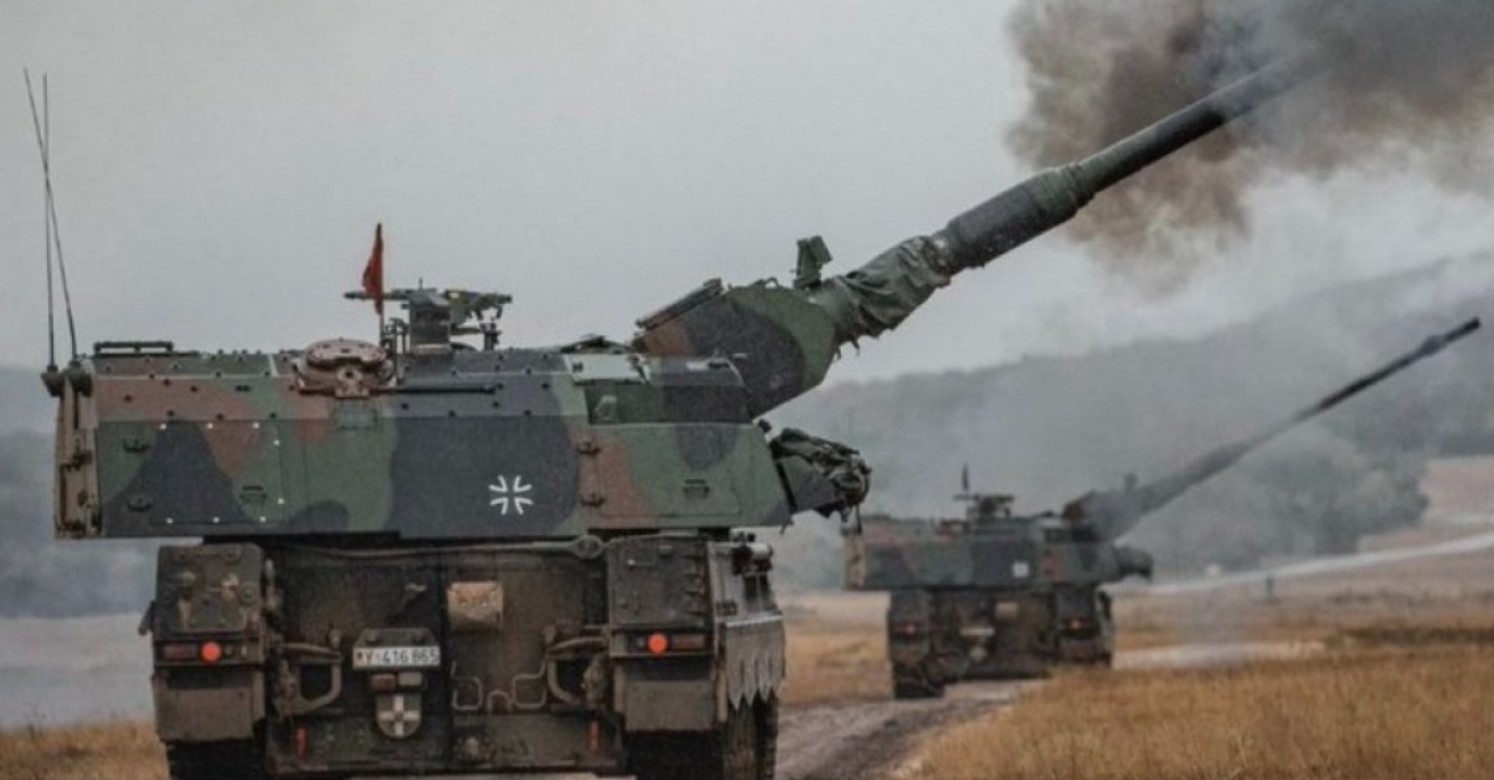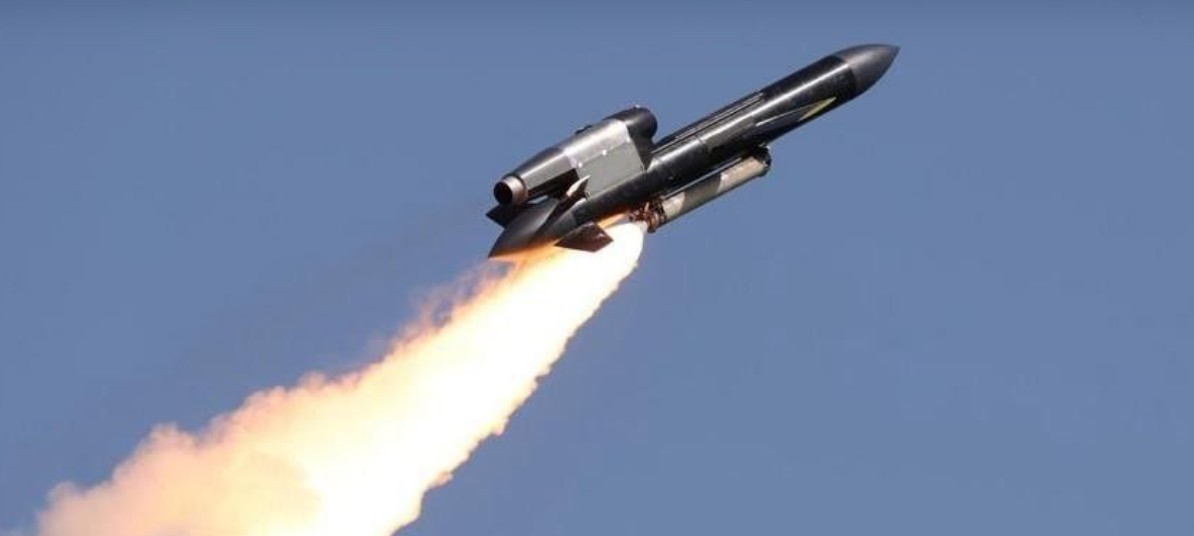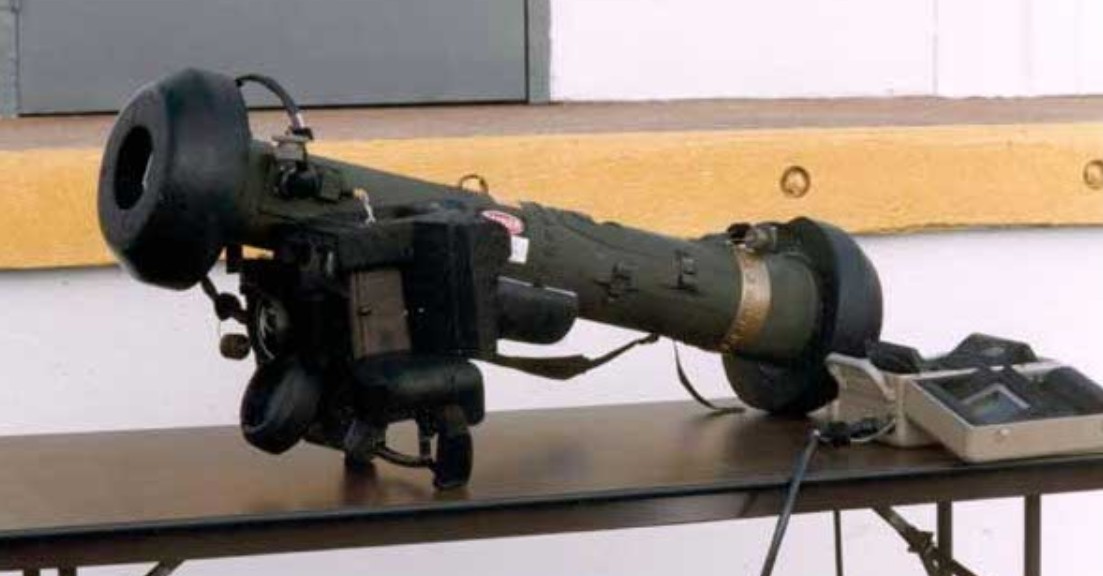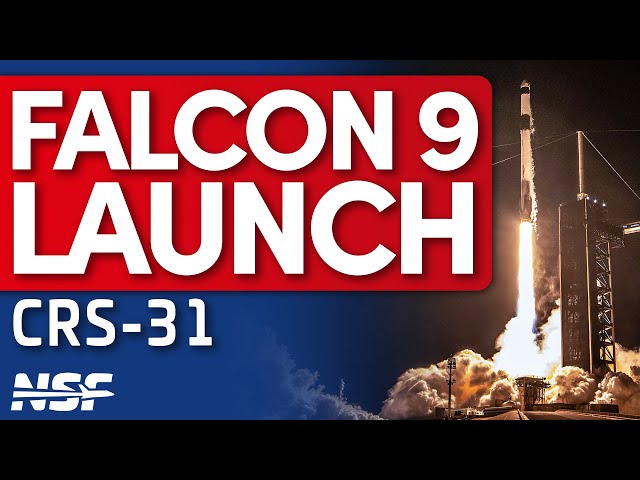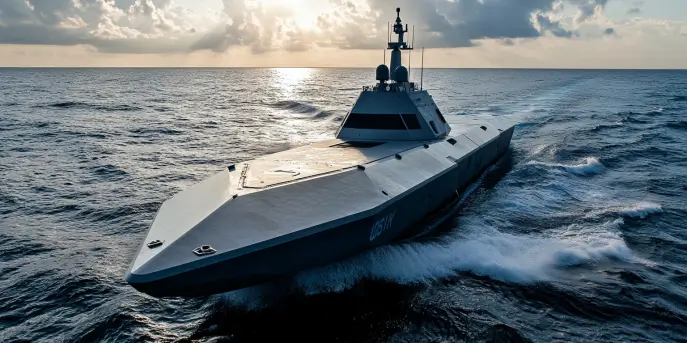The Intermediate-Range Nuclear Forces (INF) Treaty, once a cornerstone in the edifice of arms control between nuclear superpowers, stands null and void. As of now, the abrogation of this critical treaty leaves the world speculating: Where do we go from here?
The INF Treaty: A Brief Overview
Signed in 1987 by President Ronald Reagan and Soviet leader Mikhail Gorbachev, the INF Treaty was a landmark agreement aimed at curtailing the arms race at the height of the Cold War. The treaty prohibited the United States and the Soviet Union (later Russia) from possessing, producing, or flight-testing ground-launched ballistic and cruise missiles with ranges of 500 to 5,500 kilometers.
This pact led to the elimination of nearly 2,700 missiles by 1991, providing a significant reduction in nuclear threats in Europe and marking a major step towards strategic stability. The INF Treaty was hailed as a significant diplomatic triumph, showcasing the power of negotiation over confrontation during perilous times.
The End of an Era
The INF Treaty’s collapse in 2019, primarily due to the escalating tensions over alleged violations by Russia, has raised alarms globally. The United States, under President Donald Trump, withdrew from the treaty after accusing Russia of developing and deploying non-compliant missile systems, specifically the 9M729 missile, which allegedly violated the treaty’s terms.
Russia, on the other hand, denied any breaches and counter-claimed that the United States had violated the treaty through various means, including the deployment of missile defense systems in Europe. Despite diplomatic efforts, neither side conceded to inspections or mutual resolutions, leading to the treaty’s demise.
Potential Global Impact
The termination of the INF Treaty introduces an era of heightened uncertainty and potential arms build-up, particularly in regions that were previously demilitarized under the treaty’s framework. The absence of constraints could lead to a new arms race, not just between the U.S. and Russia, but involving other nations aspiring for nuclear capabilities.
Europe: As the likely theater of any intermediate-range missile deployment, European nations find themselves in a precarious position. Without the INF Treaty’s protective umbrella, countries must navigate the complex terrain of defense, diplomacy, and alliance politics.
Asia: Increasing interests may shift to Asia, where countries like China, not bound by the original INF Treaty, could see this as an opportunity to expand their missile arsenals, compelling surrounding nations to reconsider their own strategic positions.
Steps Forward
In the wake of the INF Treaty’s dissolution, the international community faces an imperative to explore new avenues for arms control. This may involve innovative treaties that consider modern technological advancements and the diverse geopolitical landscape of the 21st century.
- Renewed Diplomacy: Encouraging dialogue among nuclear and non-nuclear states alike can pave the way for new bilateral or multilateral agreements tailored to current security realities.
- Technological Safeguards: Incorporating cyber security and emerging technologies into arms control agreements could mitigate risks associated with technological evolution.
- Transparency Measures: Enhanced transparency, such as data sharing and satellite verification, may help rebuild trust and ensure compliance.
- Regional Security Frameworks: Establishing region-specific frameworks that address localized concerns could serve as interim measures to ease tensions while broader agreements are negotiated.
Role of International Organizations
Organizations like the United Nations and NATO have critical roles in mediating and facilitating dialogue. They can provide platforms for dispute resolution and encourage member states to commit to arms reduction.
Furthermore, the use of international forums and summits could provide a neutral ground where nations feel safer expressing concerns and proposing solutions without the pressure of bilateral confrontations.
The Future of Nuclear Arms Control
The void left by the INF Treaty creates a unique opportunity for rethinking nuclear arms control. While challenges loom large, so too does the potential for innovative approaches that could lead to more secure and stable international relations.
Given the technological advancements and the continuously evolving geopolitical environment, new treaties must not only address traditional arms but also consider the impact of technologies like artificial intelligence and cyber warfare on strategic stability.
In conclusion, while the dissolution of the INF Treaty signifies the end of a significant chapter in nuclear arms control, it also marks the beginning of a new era that calls for renewed efforts, creativity, and international collaboration to maintain and enhance global security.

